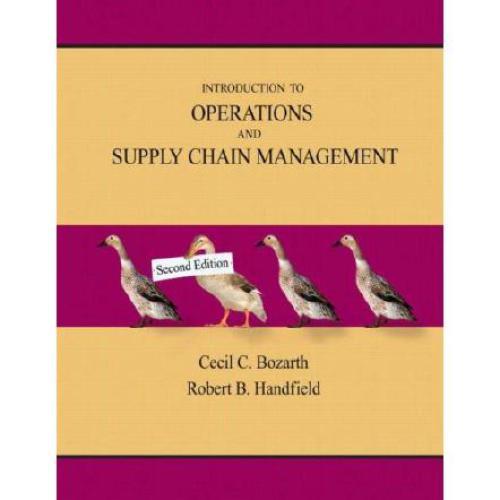4. Currently, Nintendo is able to pass on some of the costs of the faster shipments to...
Question:
4. Currently, Nintendo is able to pass on some of the costs of the faster shipments to the retailers. In the long term, what do you think will happen? When Nintendo Co. shipped its new “Mario Kart: Double Dash” video game to stores in November 2003, most retailers agreed to pay a little extra to have the games sent directly to the stores within nine days. For about 60% of the stores, the games went from a packaging plant near Seattle straight to the retail-store shelves, no stops at warehouses or distribution centers, which can increase the time a product gets to the shelf to as long as six weeks.
As it turned out, speed was crucial. The game, which features characters racing go-carts while throwing things at each other, was out of stock by the first week of December, after sales of almost 500,000 games. Nintendo was able to restock shelves in time for the critical pre-Christmas rush—
thanks to Atlanta-based United Parcel Service Inc.—and Nintendo sold more than 900,000 games in the U.S. by the end of the year.
The trend toward just-in-time retail shipments has been growing over the past decade. Nintendo began shipping videogames that way 10 years ago. But in 2003, with the economy sputtering, retailers strove to keep inventories low.
So when an item like “Mario Kart” sold well, some retailers were in a bind, and relied on faster shipping of merchandise to stores to accommodate customers. “Really the biggest time of year for us is November and December,” said George Harrison, senior vice president of marketing for Nintendo of America Inc., the U.S. unit of the Japanese company. “If it goes out of stock for a while, customers tend to lose interest in it.”
Step by Step Answer:

Introduction To Operations And Supply Chain Management
ISBN: 9780131791039
2nd Edition
Authors: Cecil C. Bozarth, Robert B. Handfield






